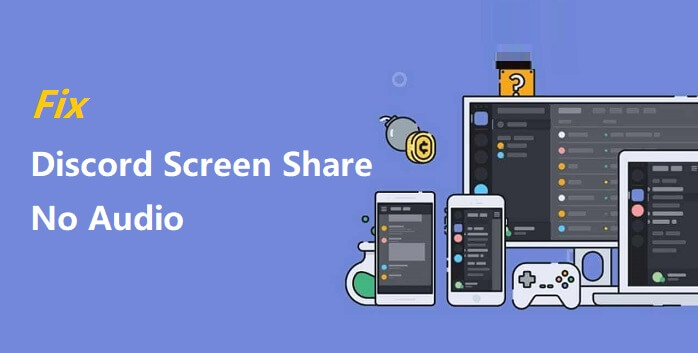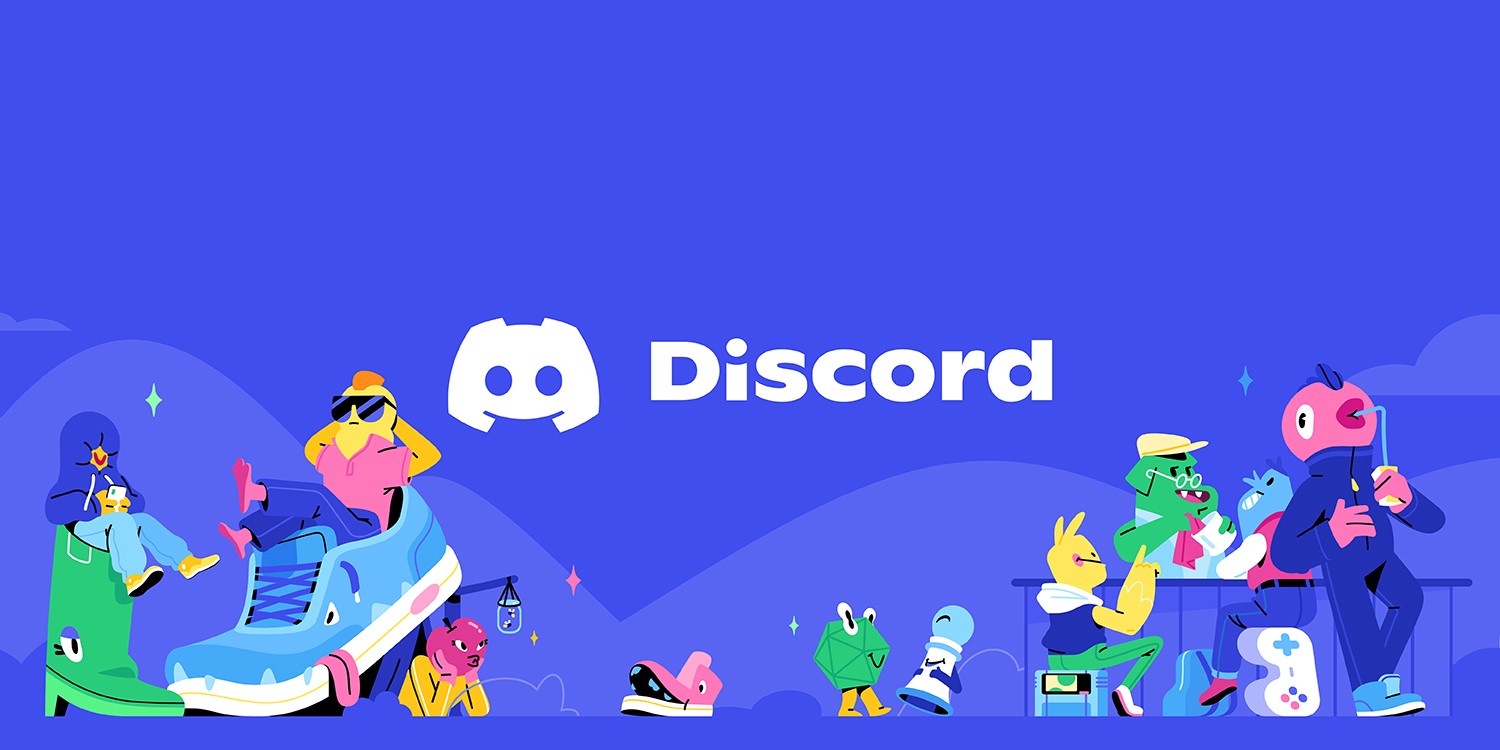
What can people do on Google?
What Can People Do on Google?
Google is far more than just a search engine; it has evolved into a comprehensive ecosystem of tools and services that help people with a multitude of tasks in their daily lives. Here’s an in-depth look at what people can do on Google:
1. Search the Web
The primary function of Google is to provide users with the ability to search for information on the internet. By entering keywords or phrases, users can find relevant websites, images, videos, and news articles. Google's powerful algorithms prioritize search results based on relevance and authority, making it easier for users to access the information they need quickly. Users can refine their searches using various filters, such as time frame, location, or content type.
2. Google Images
In addition to general web searches, Google offers a dedicated image search feature that allows users to find pictures based on specific criteria. This is particularly useful for designers, educators, and content creators who need visual materials. Users can filter results by size, color, type (e.g., photos, clipart), and usage rights, making it easier to find suitable images for personal or commercial use.
3. Google Maps
Google Maps is an essential tool for navigation and location-based services. Users can search for addresses, businesses, or points of interest and get directions by car, public transport, walking, or cycling. Google Maps also provides real-time traffic updates, estimated travel times, and even street-level views through its Street View feature. Users can explore new areas, read reviews, and find nearby restaurants, hotels, and attractions.
4. Gmail
Gmail, Google's email service, allows users to send and receive emails, organize their inboxes, and manage contacts. With features like spam filtering, powerful search capabilities, and integration with other Google services, Gmail is a popular choice for both personal and professional communication. Users can also set up custom labels, filters, and automated responses to streamline their email management.
5. Google Drive
Google Drive is a cloud storage service that allows users to store, share, and collaborate on files from anywhere with an internet connection. It integrates seamlessly with other Google services, enabling users to create and edit documents, spreadsheets, and presentations through Google Docs, Sheets, and Slides. Google Drive facilitates collaboration, allowing multiple users to work on the same file simultaneously and see changes in real time.
6. YouTube
YouTube, owned by Google, is the world’s largest video-sharing platform. Users can watch, upload, and share videos on a wide range of topics, including music, education, entertainment, and vlogs. The platform also allows users to subscribe to channels, create playlists, and engage with content through likes and comments. YouTube serves as a powerful tool for both content creators and consumers.
7. Google Calendar
Google Calendar helps users manage their schedules by allowing them to create events, set reminders, and share calendars with others. Users can organize their personal and professional commitments, receive notifications for upcoming events, and sync their calendars across devices. The ability to share calendars makes it easier for teams and families to coordinate activities and schedules.
8. Google Keep
Google Keep is a note-taking service that allows users to create and organize notes, lists, and reminders. Users can easily capture ideas, create to-do lists, and set reminders based on time or location. Google Keep integrates with other Google services, enabling users to access their notes across devices and share them with others for collaboration.
9. Google Scholar
For academic research, Google Scholar provides a specialized search engine that indexes scholarly articles, theses, books, and conference papers. Researchers, students, and academics can find credible sources for their work, access citations, and stay updated on recent developments in their fields. Google Scholar simplifies the research process by making it easier to locate relevant academic materials.
10. Google News
Google News aggregates news articles from various sources, allowing users to stay informed about current events. Users can customize their news feeds based on their interests, follow specific topics, and access a wide range of perspectives from different publications. Google News uses algorithms to highlight trending stories and relevant news based on user preferences.
11. Google Translate
Google Translate is a powerful tool for language translation that supports numerous languages. Users can translate text, speech, and even images containing text using their devices. This feature is invaluable for travelers, students, and anyone needing to communicate across language barriers. Google Translate continuously improves its accuracy, making it a go-to resource for quick translations.
12. Google Ads
For businesses, Google Ads provides a platform for online advertising. Companies can create targeted ads that appear in Google search results or across various websites within the Google Display Network. Google Ads allows businesses to reach potential customers effectively and measure the performance of their advertising campaigns.
13. Google Assistant
Google Assistant is a virtual assistant that can help users with a variety of tasks through voice commands. Users can ask questions, set reminders, play music, control smart home devices, and get directions, all hands-free. Google Assistant integrates with other Google services, providing a seamless user experience across devices.
14. Google Play Store
The Google Play Store is an online marketplace for downloading and purchasing apps, games, music, movies, and books for Android devices. Users can discover new applications, read reviews, and find entertainment options tailored to their preferences. The Play Store also allows developers to publish their apps and reach a vast audience.
15. Google Arts & Culture
Google Arts & Culture offers a unique platform for exploring art, history, and culture from around the world. Users can virtually tour museums, view high-resolution images of artwork, and learn about historical events and cultural heritage. This service promotes accessibility to art and education, allowing users to explore diverse cultures from their homes.
Conclusion
Google has transformed how people access information, communicate, collaborate, and engage with the world around them. From searching the web and managing emails to navigating with Google Maps and discovering videos on YouTube, the vast array of services provided by Google caters to various needs and interests. Whether for personal, professional, or educational purposes, Google has become an essential part of daily life for millions worldwide, empowering users to achieve their goals and stay connected.






